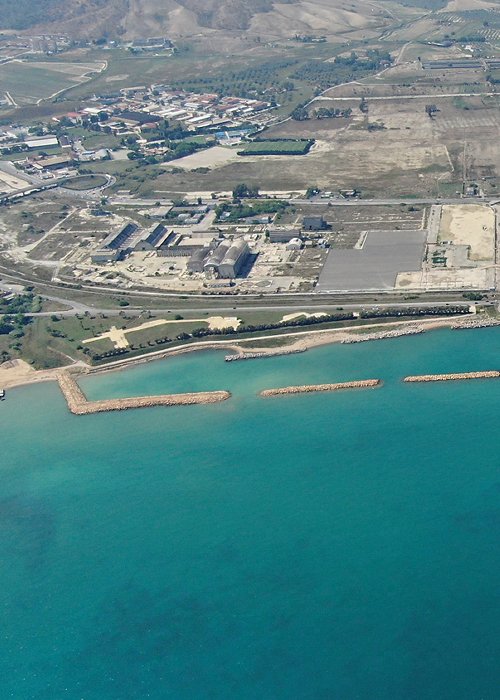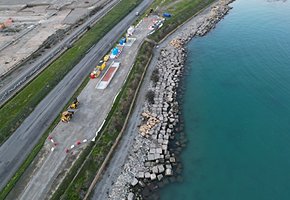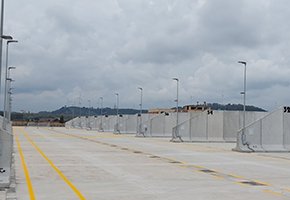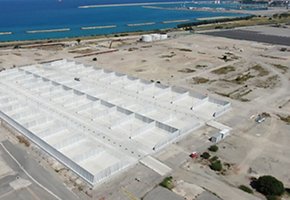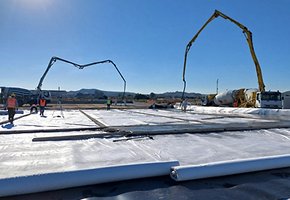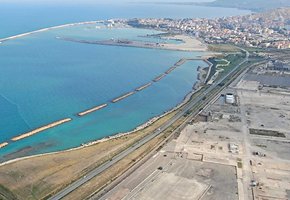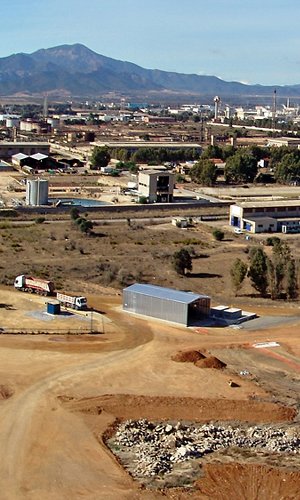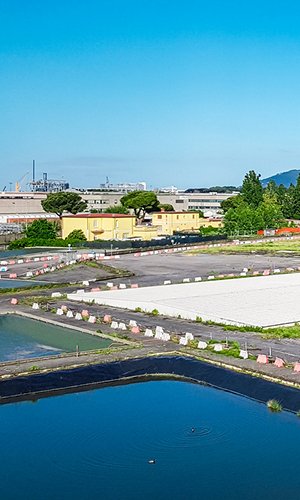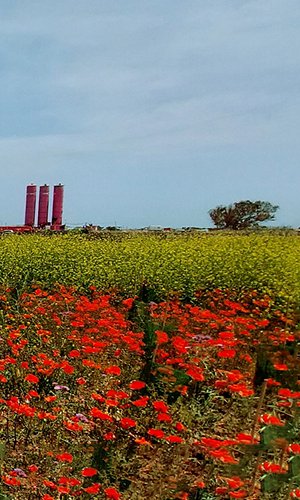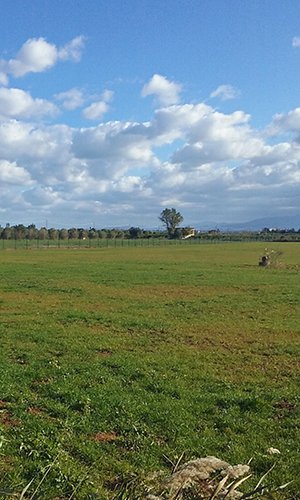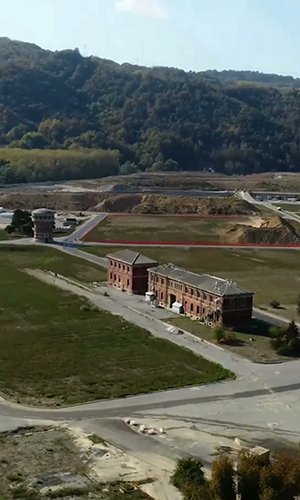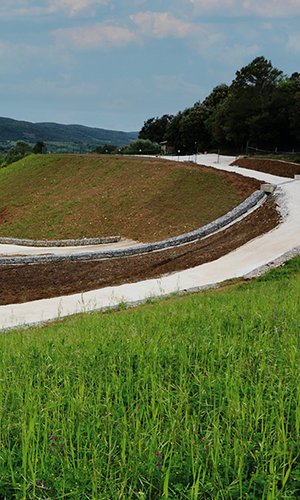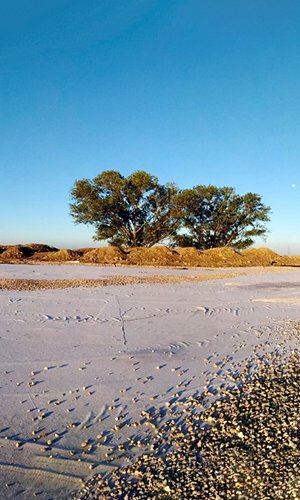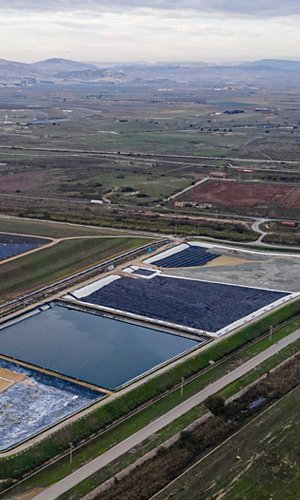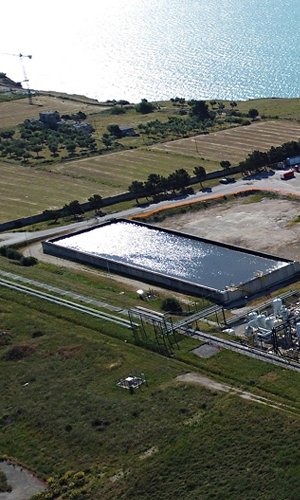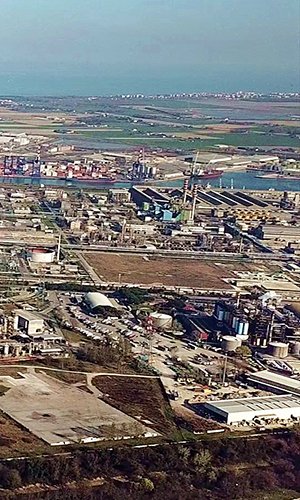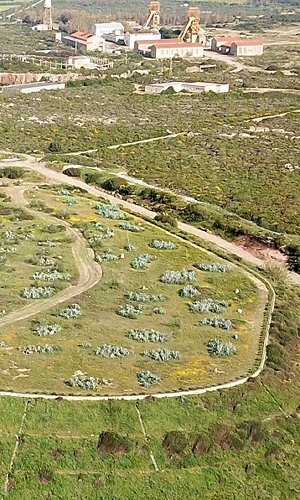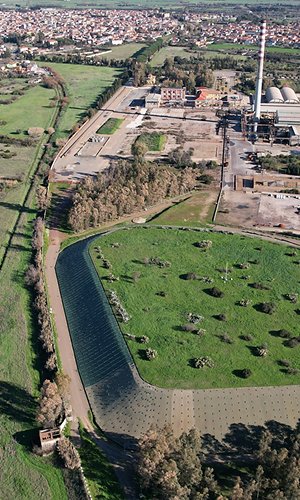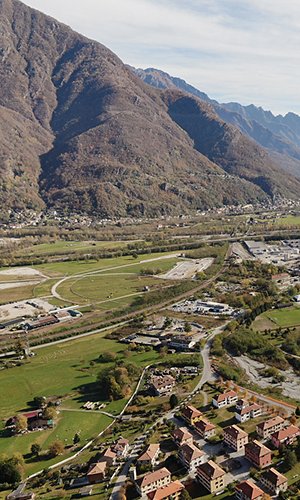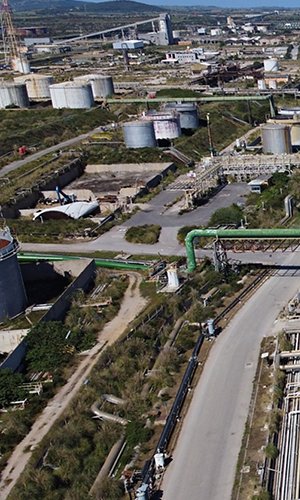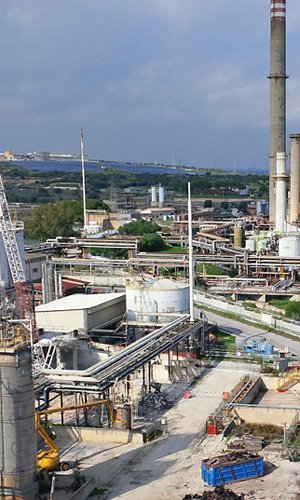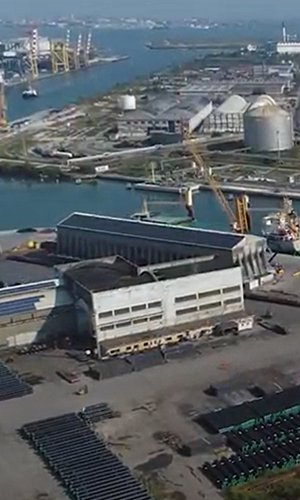The industrial history of the Crotone site began in the 1930s with the productions by the companies Pertusola Sud (former Pertusola area) and Ammonia Meridionale (former Fosfotec and former Agricoltura areas), the latter of which was subsequently transferred to Montecatini and then merged into Montedison in 1966. In the early 1990s, following the crisis of the chemical sector, the activities were transferred to Eni, then a state-owned company: the Pertusola assets as a result of the Interministerial Committee for Industrial Policy’s decision (1990), while those of Agriculture and Fosfotec following the Enimont operation.
Eni, through Enichem (today Eni Rewind), between 1991 and 1999 managed the closure of the production plants. Afterwards, Eni initiated the safety and remediation interventions within the site that was later appointed as part of the Crotone-Cassano-Cerchiara Site of National Priority. Its perimeter also includes the former Pertusola and Fosfotec seafront landfills.
In June 2023, as part of the procedure pursuant to article 244 of the Italian Consolidated Environmental Act for the areas of former Montedison origin, an ordinance of the Province of Crotone identified Edison as approximately 95% responsible for the contamination of the former Agricoltura, Fosfotec and Sasol areas, and as 100% responsible for the former Fosfotec landfill. Eni Rewind has been held responsible only for the marginal residual share, due to the years that passed since the establishment of Enimont in 1989 and the decommissioning of the former Montedison plants, which for the main part occurred before 1992. Following the ordinance, Edison has given to Eni Rewind mandate for implementing the interventions.

